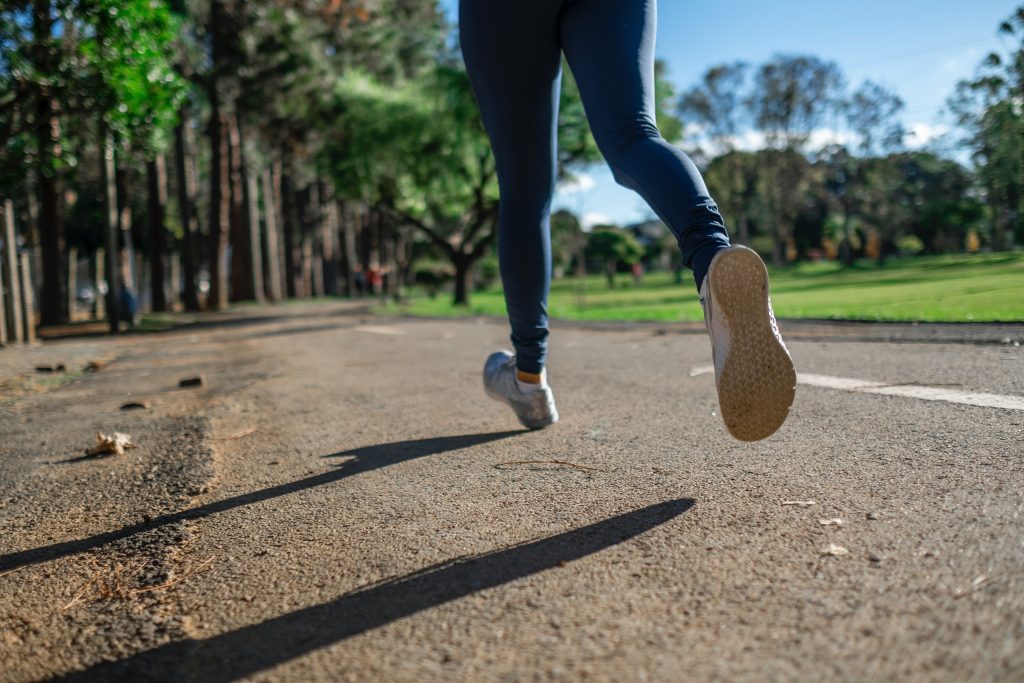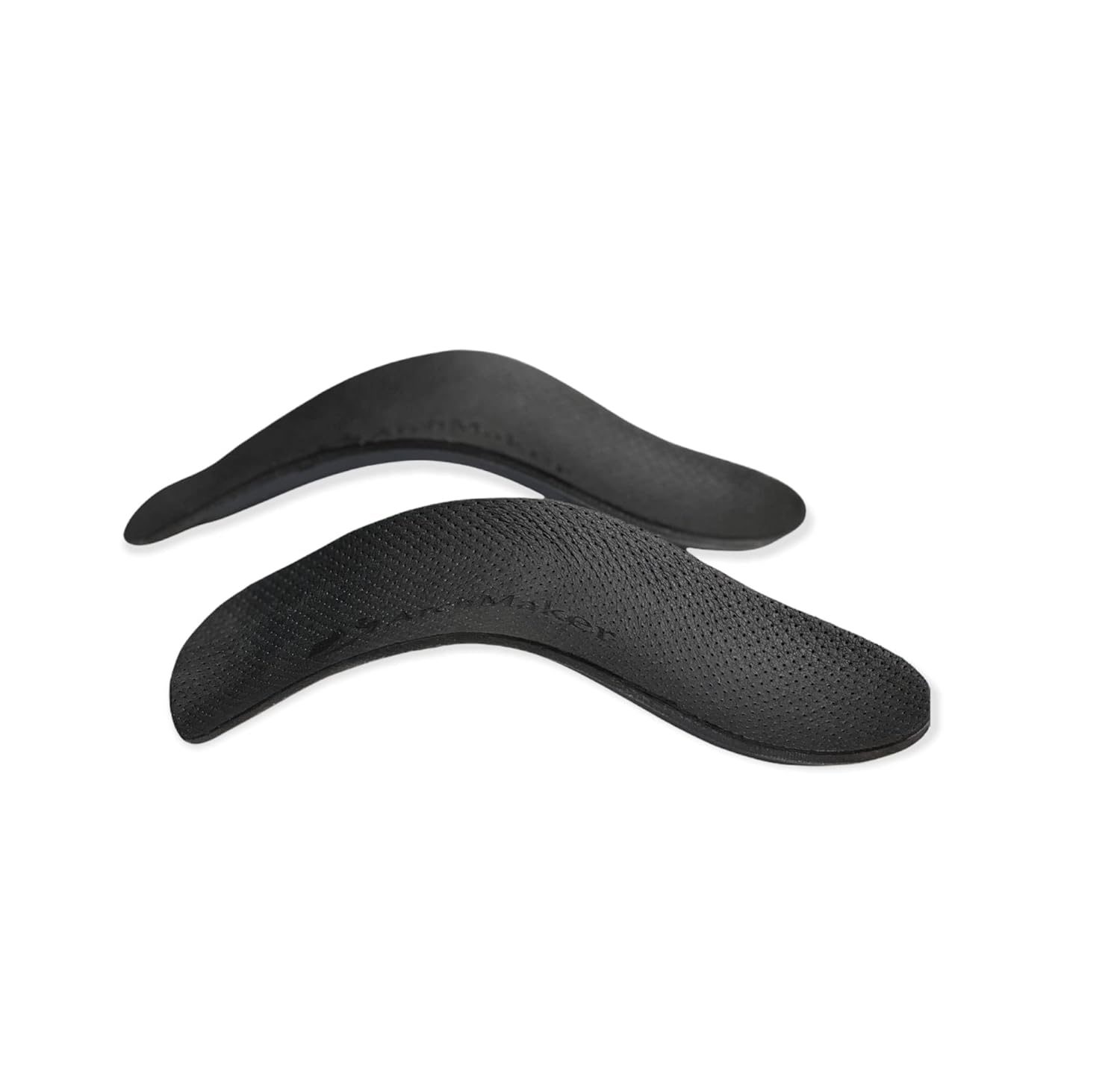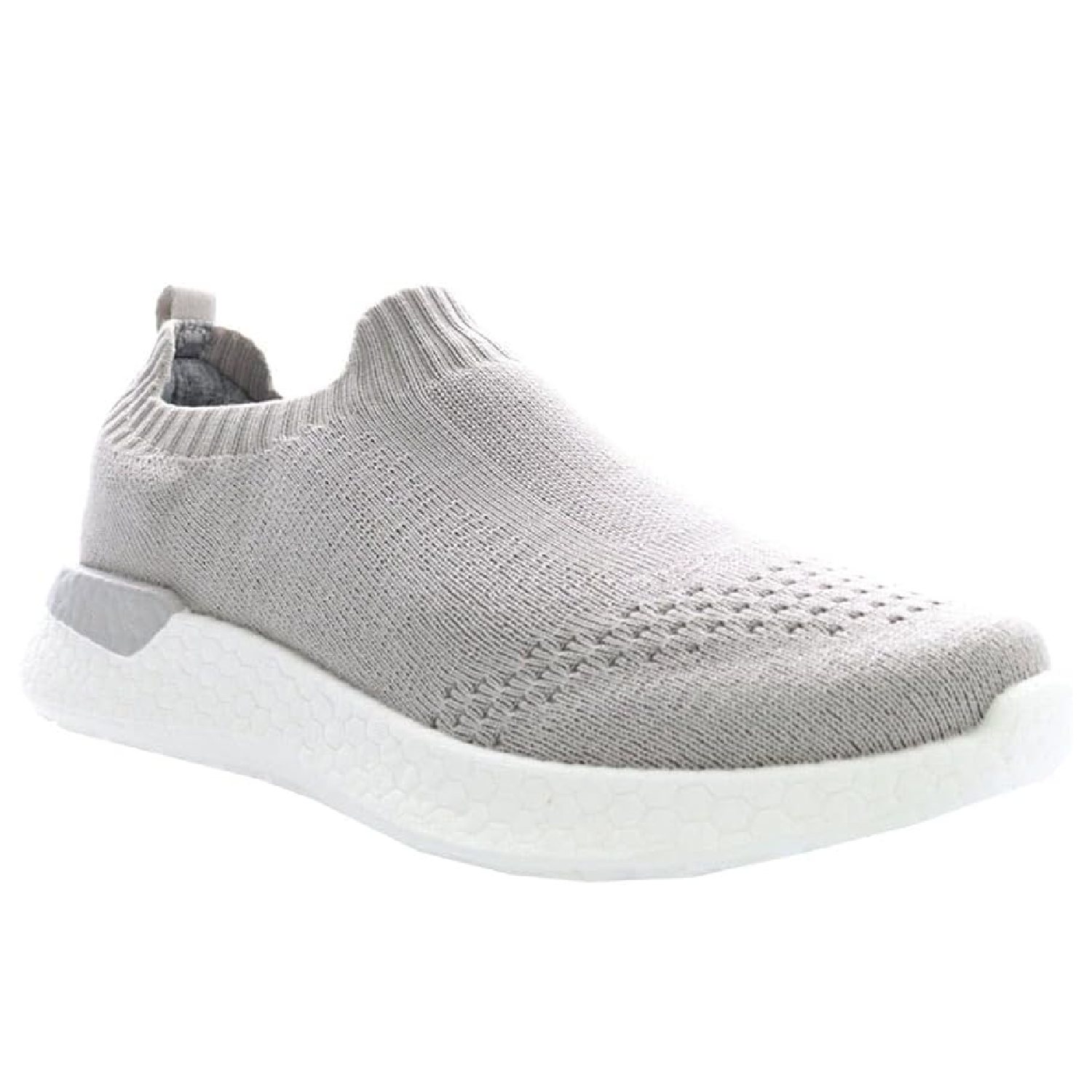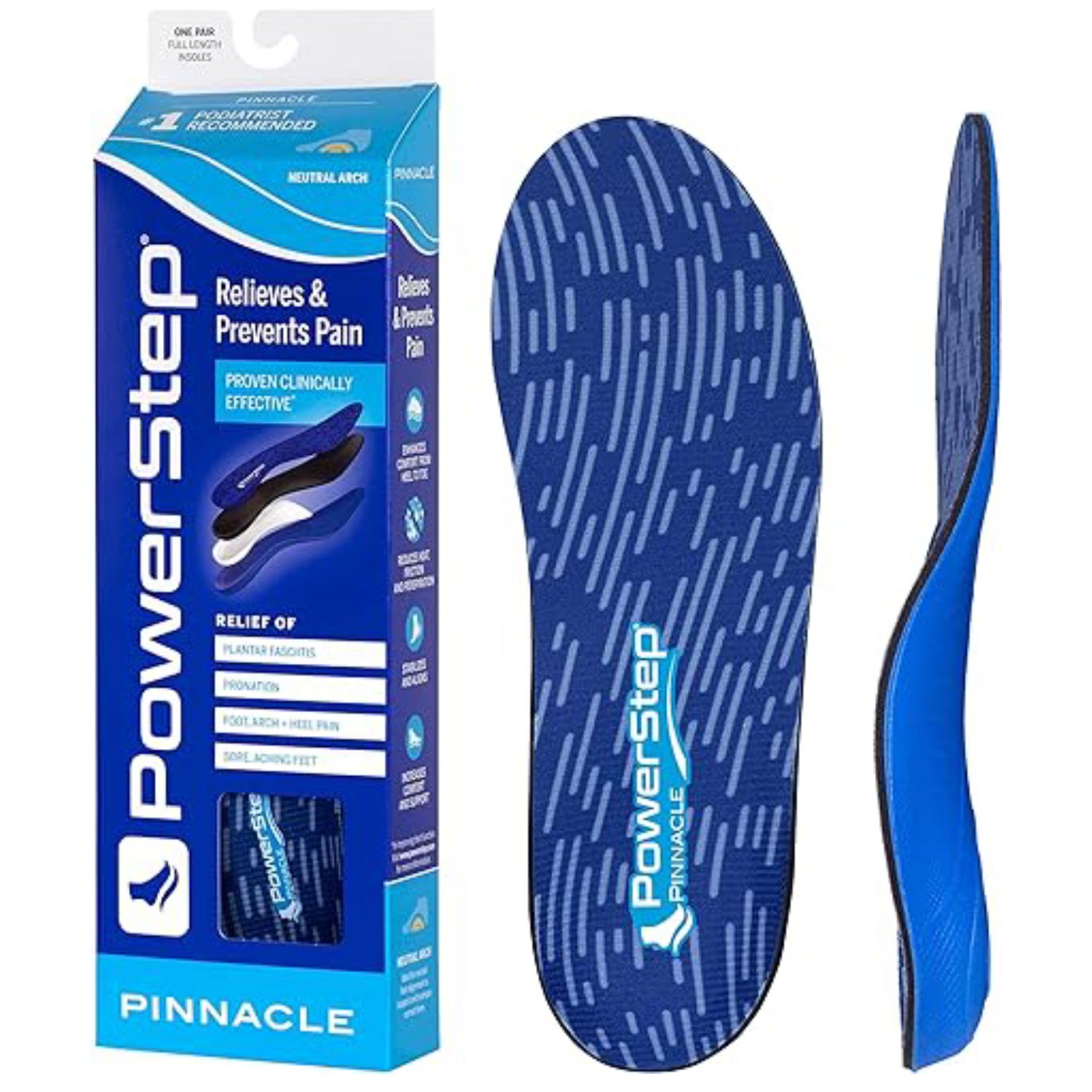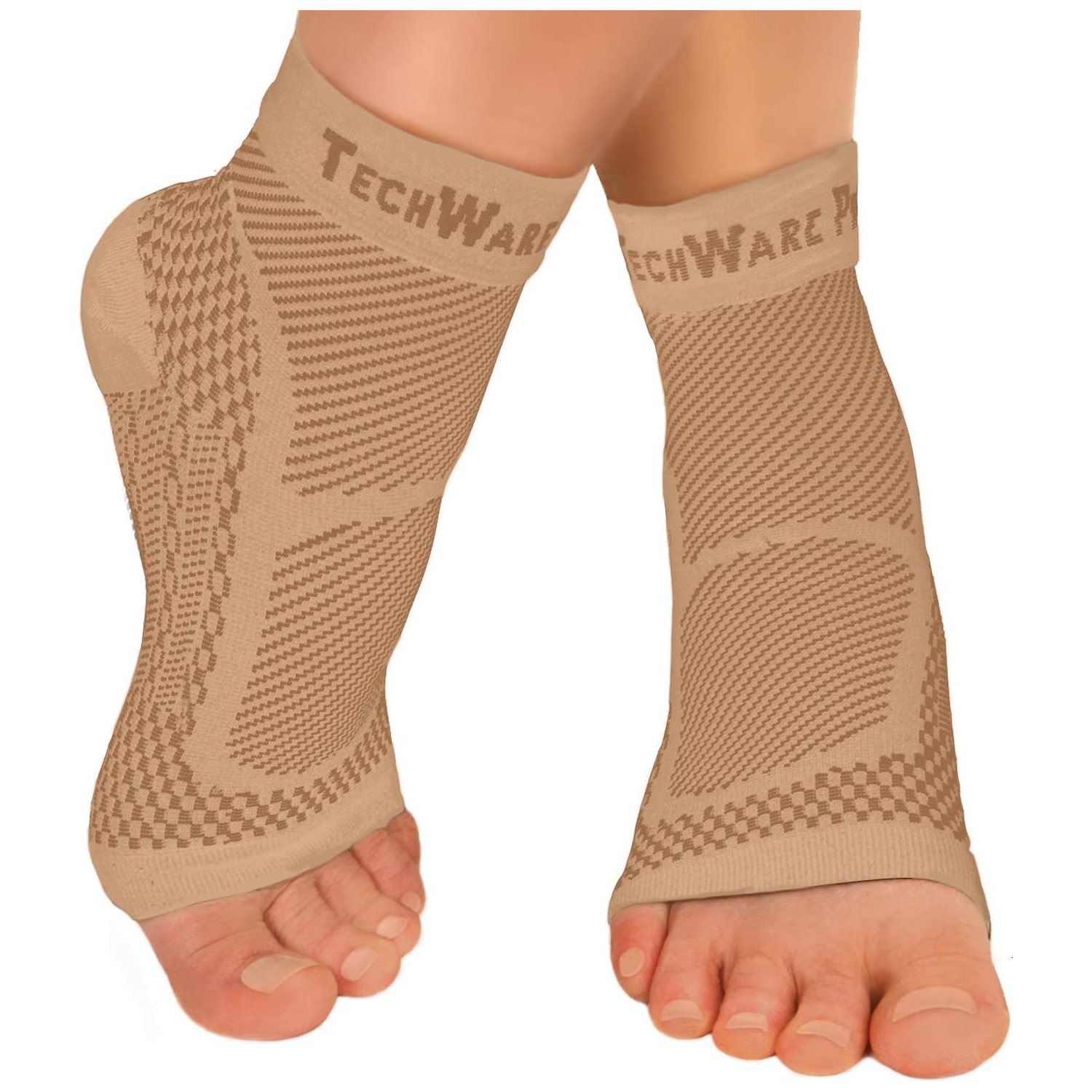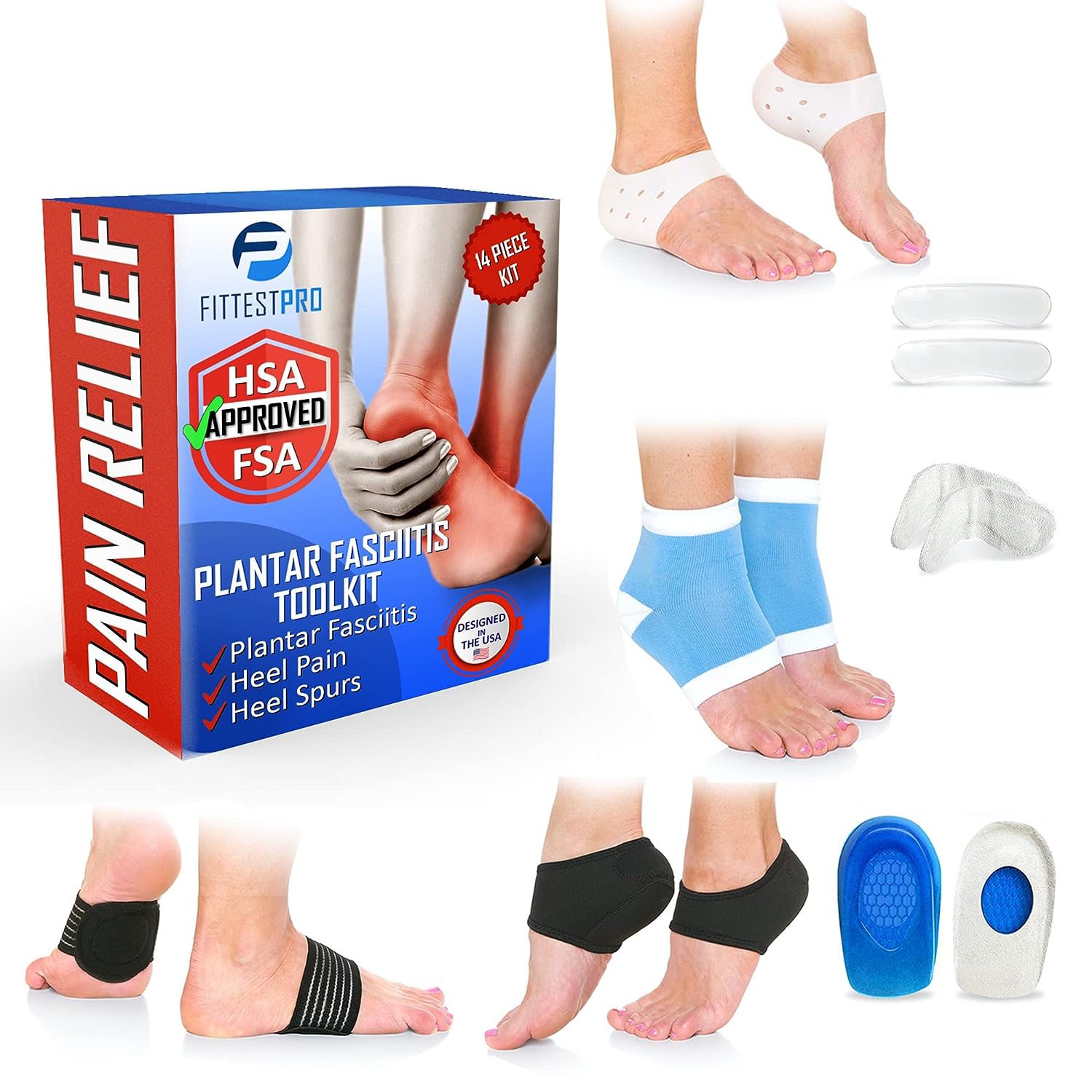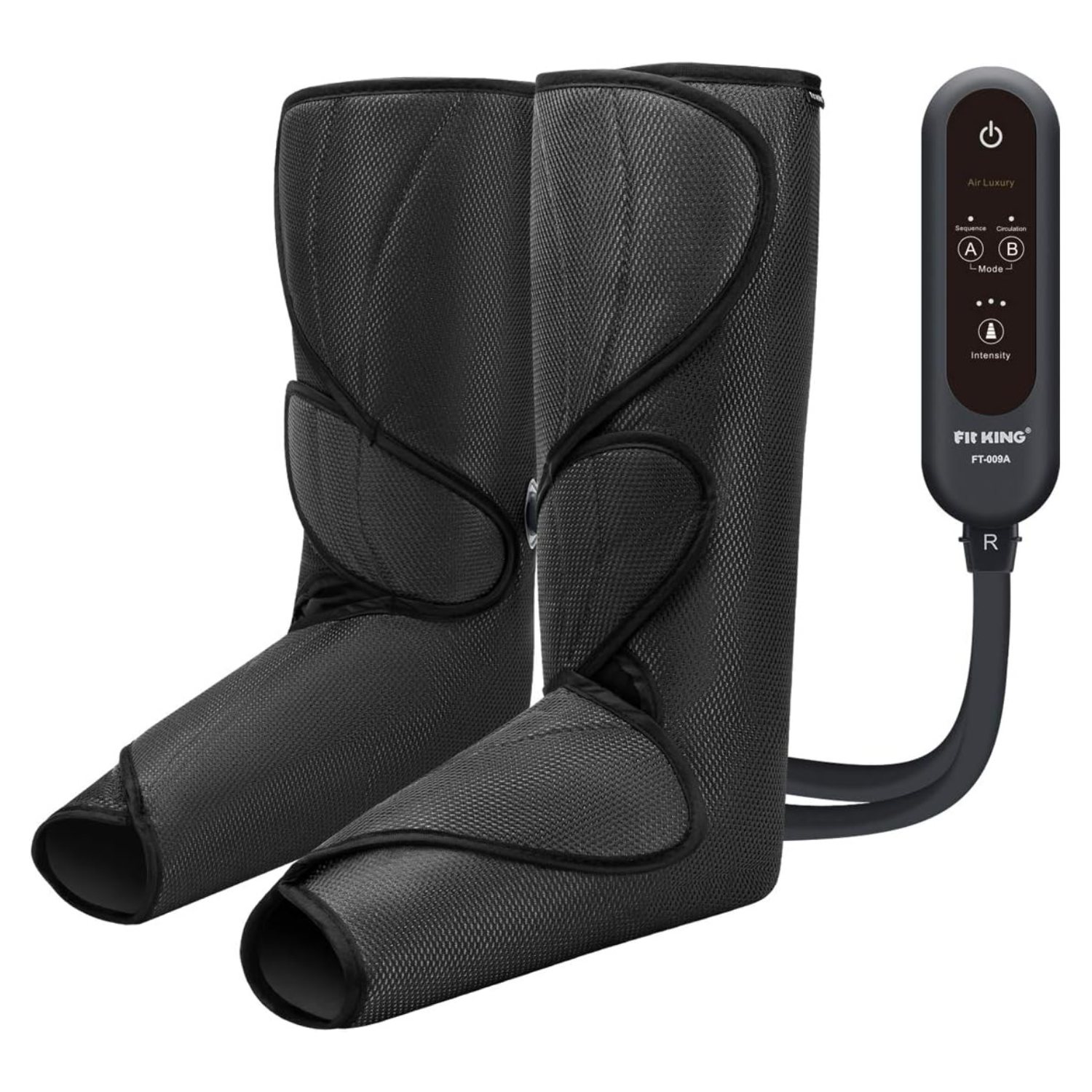Footstrike is the position your foot hits the ground and how it follows through when you walk or run. The best footstrike is one which does not cause pain, injury, or problems when you ramp up mileage and terrain.
There are three main types of footstrike: heel strike, midfoot strike, and forefoot strike. The pattern of foot strike (also called gait) is determined by a variety of factors, including foot type, muscle strength, and running surface.
Heel striking
when the heel of your foot hits the ground first, then rolls forward so that your foot is flat when it hits the ground.
Midfoot striking
when the middle of your foot hits the ground first, then rolls forward so that your foot is flat when it hits the ground.
Forefoot striking
when the ball of your foot hits the ground first, then rolls forward so that your foot is flat when it hits the ground.
There are pros and cons to each type of footstrike.
Heel striking is considered to be more efficient because it makes use of gravity to assist in forward momentum. However, heel striking can also lead to more wear and tear on the feet, ankles, and knees because it creates a jarring impact with each step.
Midfoot striking has been found to be more biomechanically efficient than heel striking and may reduce impact forces on the joints; however, midfoot striking can be difficult to maintain for long periods of time and may cause shin splints.
Forefoot striking may help to reduce impact forces on the joints and may even improve running economy; however, forefoot strikers often times land with their toes pointed down, which can lead to toe injuries such as black toenails.
While some runners may heel strike when barefoot, most will adopt a more forefoot or midfoot strike when wearing shoes. This is because shoes provide cushioning and support that helps to protect the foot from impact. However, shoes alone cannot change your footstrike; they will only support your current gait. This is why it is important to choose the right shoe for your foot type and running surface. If you have plantar fasciitis or other foot problems, orthotics or insoles can be customized to provide extra support and help correct your footstrike.
Being flatfooted, high-arched, in-toed, or out-toed changes the way your foot strikes the ground. Orthotics/insoles, stretching, physical therapy, or rehab devices can help adjust your footstrike.
Furthermore, stretches and rehab devices can help you achieve full range of motion and achieve all three phases of gait or footstrike, which helps avoid injury and pain.
Archmaker stretches two muscles in the foot, the plantar fascia and the extensors, at the same time in order to give you full range of motion during footstrike.
Using Archmaker at night or while at rest for 4 hours per day for 4 weeks, has been shown to stretch the plantar fascia muscle and create muscle memory, which alleviates Plantar Fasciitis pain long-term.
